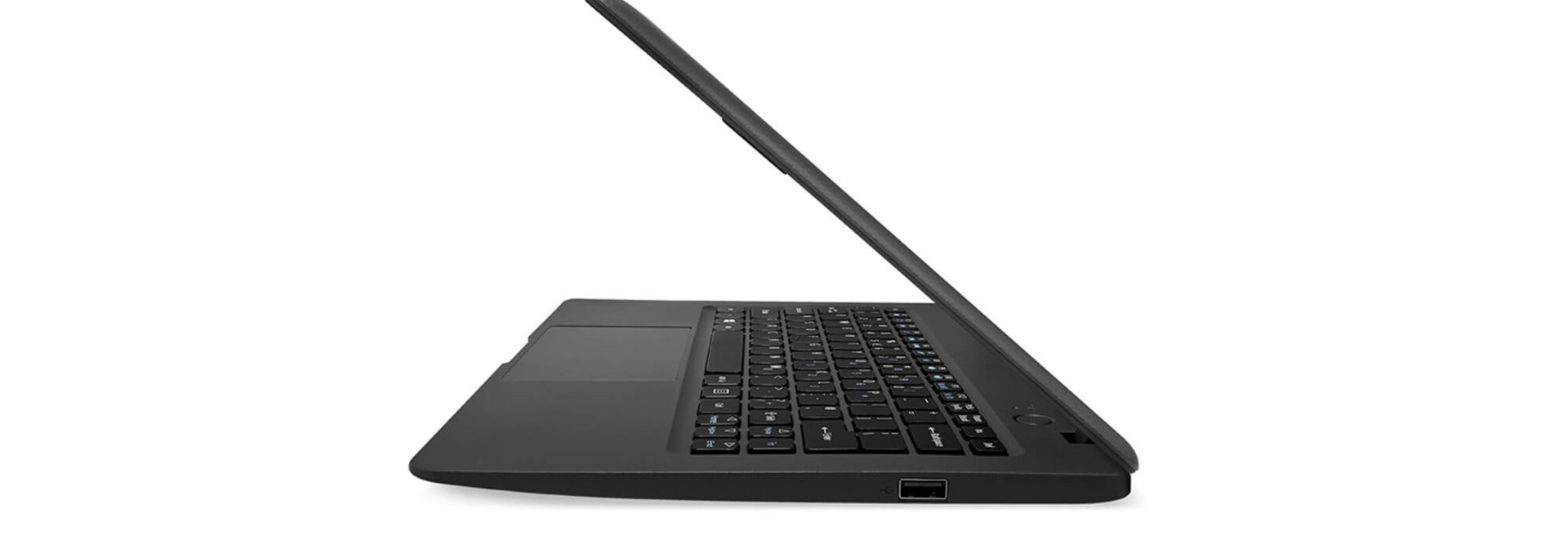What Microsoft’s New Cloudbook Can Do in the K–12 Market
The first models of Microsoft's new Cloudbook notebook are out in the wild and could give Microsoft a foothold in the Chromebook-dominated K–12 marketplace.
The Acer Aspire One Cloudbook line of notebooks, first announced in August, are lightweight, sub-$200 devices, designed with cloud connectivity in mind. From those specifications alone, it's not hard to make comparisons with Google's Chromebook, which became the leading notebook in the K–12 device market in 2014, according to IDC.
The Cloudbook comes loaded with Microsoft's latest operating system, Windows 10 Home edition; minimal local storage; up to 1 terabyte of online storage, available through Microsoft's OneDrive; and a trial of Office 365, Microsoft's cloud-based productivity suite.
Because of the low onboard storage and thin processing power, cloud-based devices rely on connected environments to soar, which make them perfect for educational settings that are wireless-ready. The success of the Chromebook has proved that school districts are hungry for notebooks that can dive into existing cloud architecture at a low price point. And Microsoft's Cloudbook undercuts the least expensive Chromebook by a few dollars.
It remains to be seen how quickly school districts will adopt a challenger of the Chromebook’s legacy, but for now, Microsoft has issued a solid response to Google's popular cloud-based notebook.









